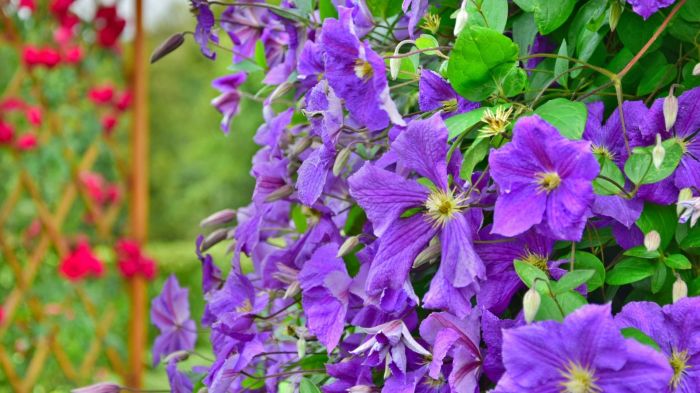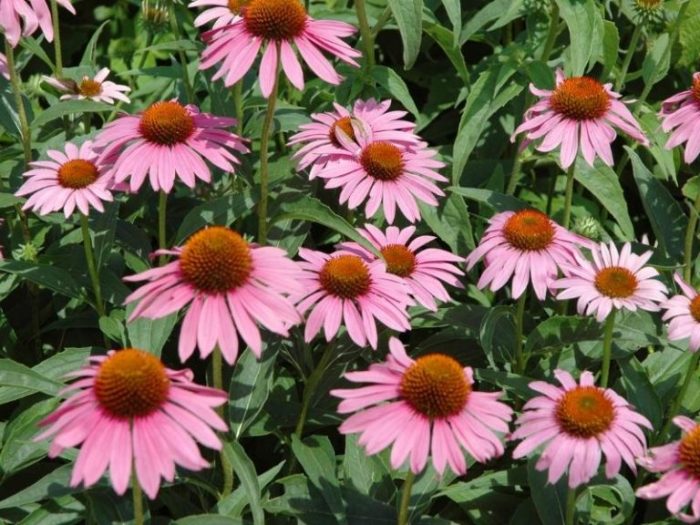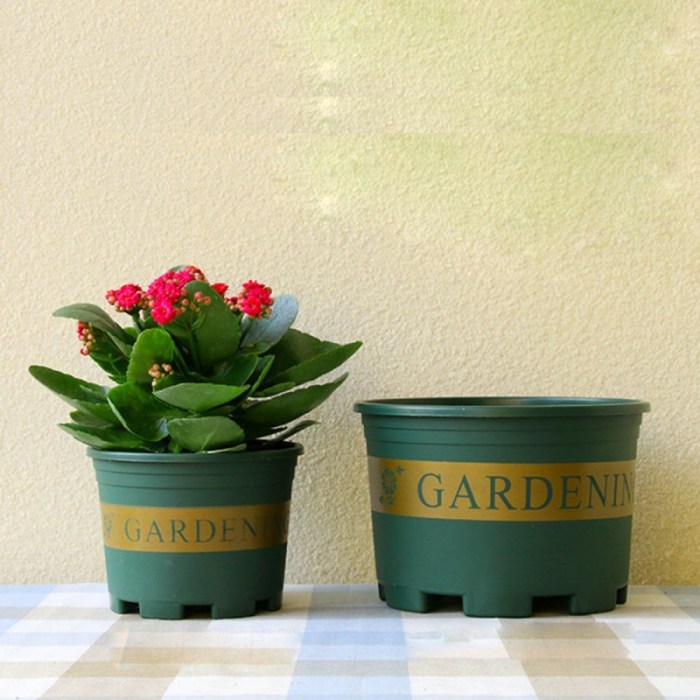Plant Health and Appearance
What does a pot plant look like – A healthy pot plant exhibits vibrant characteristics that reflect its overall well-being. Conversely, an unhealthy plant displays a range of visual cues indicating distress, whether due to environmental factors or pest infestations. Observing these visual indicators is crucial for providing appropriate care and ensuring the plant’s survival.
Visual Indicators of a Healthy Pot Plant, What does a pot plant look like
A healthy pot plant displays a strong, upright stem, free from wilting or discoloration. Leaves are typically firm, evenly colored, and exhibit a vibrant hue characteristic of the specific plant species. For instance, a healthy African violet will boast deep green leaves with a velvety texture, while a healthy snake plant will have stiff, upright leaves of a consistent, dark green color.
The absence of pests or diseases further contributes to the overall healthy appearance. The soil should appear moist but not waterlogged, indicating proper watering practices.
Visual Signs of an Unhealthy Plant
Unhealthy plants often present several visual warning signs. Wilting, characterized by drooping leaves and stems, is a common indicator of stress, often caused by underwatering, overwatering, or insufficient sunlight. Discoloration, such as yellowing, browning, or spotting of leaves, can indicate nutrient deficiencies, disease, or pest infestations. For example, yellowing leaves might suggest a lack of nitrogen, while brown leaf tips could point to over-fertilization or insufficient watering.
Visible pests, such as aphids, spider mites, or mealybugs, are clear signs of infestation requiring immediate action. The soil may appear excessively dry or soggy, depending on the cause of the plant’s distress.
Comparing Underwatered and Overwatered Plants
The visual differences between an underwatered and an overwatered plant are significant. An underwatered plant exhibits severely wilted leaves, often dry and brittle to the touch. The soil will be completely dry, and the plant may appear shriveled. In contrast, an overwatered plant may also show wilting, but the leaves will often appear limp and lackluster, rather than brittle.
The soil will be soggy and potentially emitting a foul odor. Furthermore, overwatering can lead to root rot, which may manifest as yellowing or browning of leaves, even with seemingly moist soil. The difference lies in the texture of the leaves and the condition of the soil. An underwatered plant is thirsty; an overwatered plant is drowning.
Questions and Answers: What Does A Pot Plant Look Like
What are some common pests that affect pot plants?
Common pests include aphids, spider mites, mealybugs, and whiteflies. These often manifest as discoloration, webbing, or visible insects on the plant.
How often should I water my pot plant?
Watering frequency depends on the plant type, pot size, and environmental conditions. Generally, it’s best to water when the top inch of soil feels dry.
How do I choose the right pot size for my plant?
Select a pot that is slightly larger than the plant’s root ball, allowing for room for growth. Overly large pots can lead to overwatering.
What is the best location for my pot plant?
The ideal location depends on the plant’s light requirements. Some thrive in bright, direct sunlight, while others prefer shade or indirect light.
A pot plant, in its simplest form, is a plant contained within a pot, showcasing its vibrant leaves and perhaps blossoms. The appearance varies greatly depending on the plant species, but you might find yourself needing more space, especially with fast-growing varieties. For a stylish and efficient solution, consider using a 2 plant net pot , which offers a neat way to cultivate multiple plants simultaneously.
Ultimately, the visual appeal of a pot plant is determined by the plant itself and the container chosen to house it.



